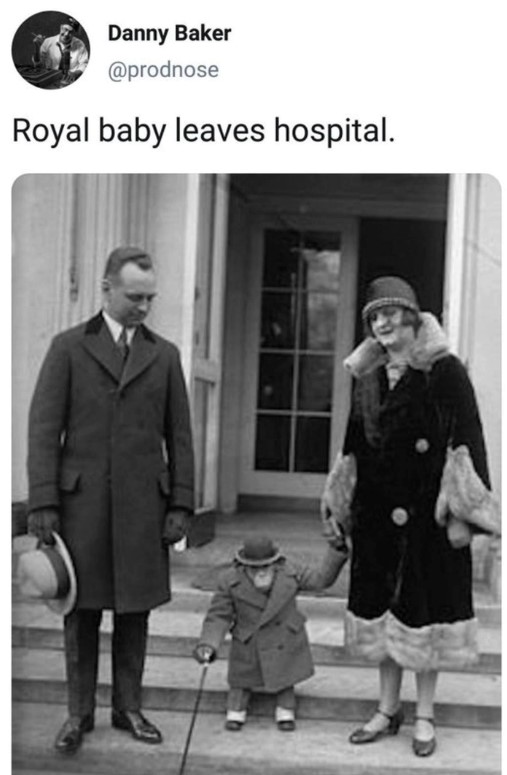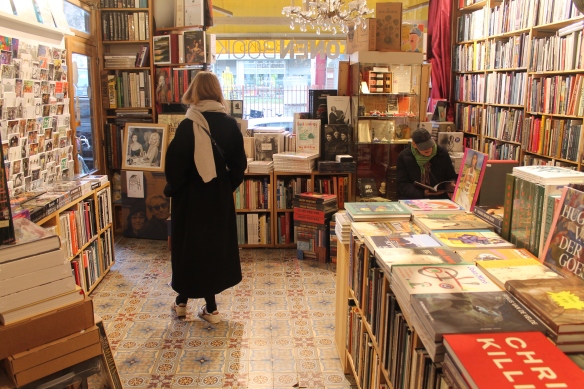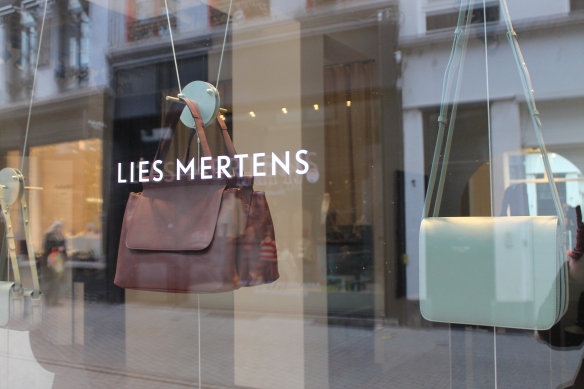Yesterday, Saturday, was a perfect day to hunker down chez moi and watch this documentary. It’s freezing cold outside. 0 degrees all day and forecast to go down to minus 5 during the night. I consider myself lucky to have chauffage collectif au gaz in my apartment building (collective gas heating via radiators) as opposed to electric which is super-expensive and less radiant than gas. But I digress. This post is about the above-mentioned documentary, not my heating system.
My thoughts on the documentary are as follows:
I think Harry is absolutely lovely. Sincere, sweet and charming. Meghan is smart, articulate and strong-minded. I really liked her mother, Doria Ragland. Doria was so right when she told Meghan at the beginning of her relationship with Harry, and in reference to the vicious U.K. tabloids – “This is about race…you might not want to hear it, but this is what’s coming down the pike.”
Harry and Meghan are clearly in love. They met, married and brought two beautiful children into the world. I don’t understand what all the vitriol (directed towards them) is about.
Why is there no vitriol directed towards (Prince) Andrew, friend of pedophile-child sex trafficker, Jeffrey Epstein?
In case people have forgotten the out-and-out tragedy that Harry endured when he was only twelve years old, it was essential to put that cataclysmic event into the film. Imagine losing your adored mother – especially in such violent circumstances, especially when royal protocol forbids the showing of emotion – when you’re a boy. If that’s not life-changing and deeply traumatic, I don’t know what is. Princess Diana – Harry’s mother – was a national treasure. She never saw her 40th, or even her 37th birthday. When she died in that horrific car crash in Paris’s Pont de l’Alma tunnel, she was 36 years old. Harry today is 38 years old.
Clearly, Harry and Meghan have something to say in their documentary. I, for one, am open to listening to them. Sans jugement. Without judgment.
“Unless you’ve walked many miles in my shoes, don’t judge me or my life.”
From my own experience as a memoir writer, people usually write (or speak out) because of some trauma, abuse, loss or sorrow they have suffered.
Harry’s royal entourage completely ignored his mental health after the death of his mother. Because that’s what the Royal Family does best: “Never complain, never explain” is their motto.
When Meghan burst onto the scene, she was a freedom-loving, independent, strong-minded North American feminist who, up until then, had charted her own course in life. Very quickly, she found herself muted and muzzled. In order to “fit in” and “toe the line” she had to become stiff, bland and boring like the others. And then there was the race card, something she had never experienced back home. And the vicious tabloids.
From the MailOnline – “Harry’s girl is (almost) straight outta Compton: Gang-scarred home of her mother revealed – so will he be dropping by for tea?”
Not mentioned in the film is the ‘racist jewelry’ flap in which Princess Michael of Kent (German-born, her father was a Nazi) attended the Queen’s Christmas lunch wearing a large Blackamoor brooch on her jacket. Meghan attended the same lunch and was introduced to this woman. What is a Blackamoor brooch? An archaic British term for Black people, it is sculpture or jewelry from a previous era that depicts an African male as a servant.

The hideous Princess Michael of Kent with her hideously large brooch. No, seriously, imagine walking around wearing that thing. It’s so obnoxious, it’s almost laughable.
After the birth of Meghan and Harry’s first child, Archie, here’s what a BBC radio broadcaster tweeted. The BBC, for god’s sake! Baker was fired the next day.

It seems to me that there are a lot of opinionated people out there whose vitriol towards Meghan and Harry is misdirected. Why not save it for the real culprits: the parasitic paparazzi, the toxic tabloids or some of those abysmal, backward-looking royal family members. In the doc, Harry paints a parallel between how the paps hounded his mother and then, decades later, his wife.
The British tabloids: bloodthirsty jackals whose livelihood depends on the shameless exploitation of certain members of the British Royal Family. Legions of interested parties take part in the collective harassment, pursuit and publication of stolen images in exchange for lucre. If there’s no scandal, they’ll create one. Images and glaring headlines sell, the more lurid the better.
Harry and Meghan did nothing wrong. But as a consequence of speaking out about the above-mentioned realities, they must be punished.
To sum up, both the Royal family and the British press blew it. They had before them a beautiful opportunity to modernize, refresh and rejuvenate that stiff, boring family. But racism, misogyny and an utterly un-progressive mindset prevented that from happening. Their loss. Meghan and Harry will thrive in the Californian sunshine.
They were right to quit that country and that arena to start new lives in the USA. Most importantly, they didn’t want their children growing up in such a toxic environment. I applaud their courage to break away; it must not have been easy for Harry.
“But aren’t they, in a way, doing a similar thing by airing this Netflix documentary?” people ask. “Capitalizing on their royal status to make millions?”
I see it as payback. An eye for an eye. By turning the lens onto those who hounded, hurt and hugely profited off them, it is they who control the narrative now, they who run the show.
Bien joué. Well played.




































